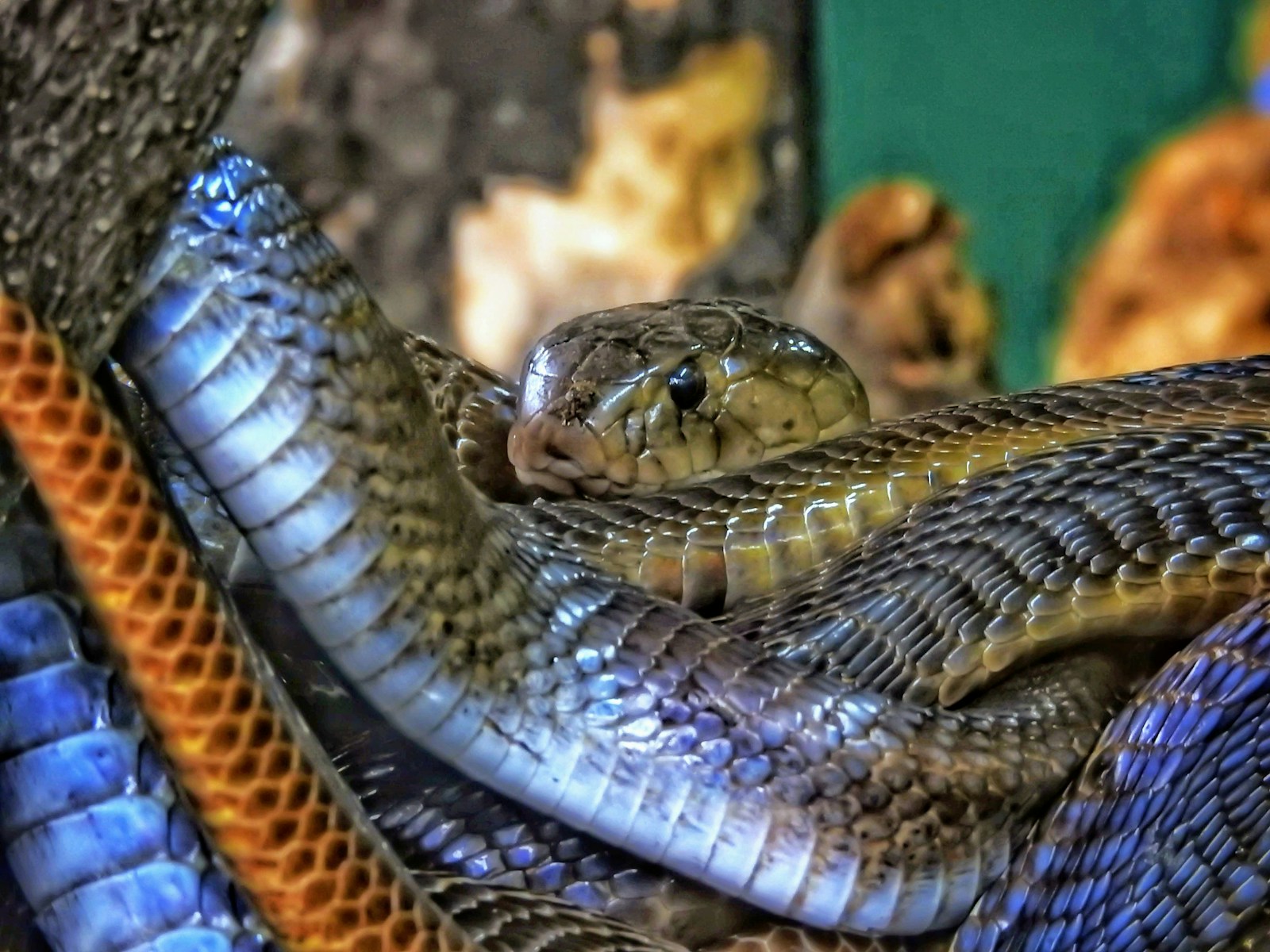Throughout human history, few creatures have captivated our collective imagination quite like the snake. Sinuous and mysterious, these reptiles slithered their way into the symbolic lexicon of nearly every ancient civilization, particularly in relation to medicine and healing. The imagery of intertwined serpents, shedding skin, and venomous bites transformed into powerful metaphors for restoration, rebirth, and the delicate balance between life and death. From the caduceus of ancient Greece to the kundalini of Eastern traditions, snakes have wrapped themselves around the very foundation of how we visualize and conceptualize healing practices. This profound connection between serpents and wellness spans continents and millennia, creating a fascinating tapestry of symbolism that continues to influence modern medical iconography today.
The Duality of Serpent Symbolism
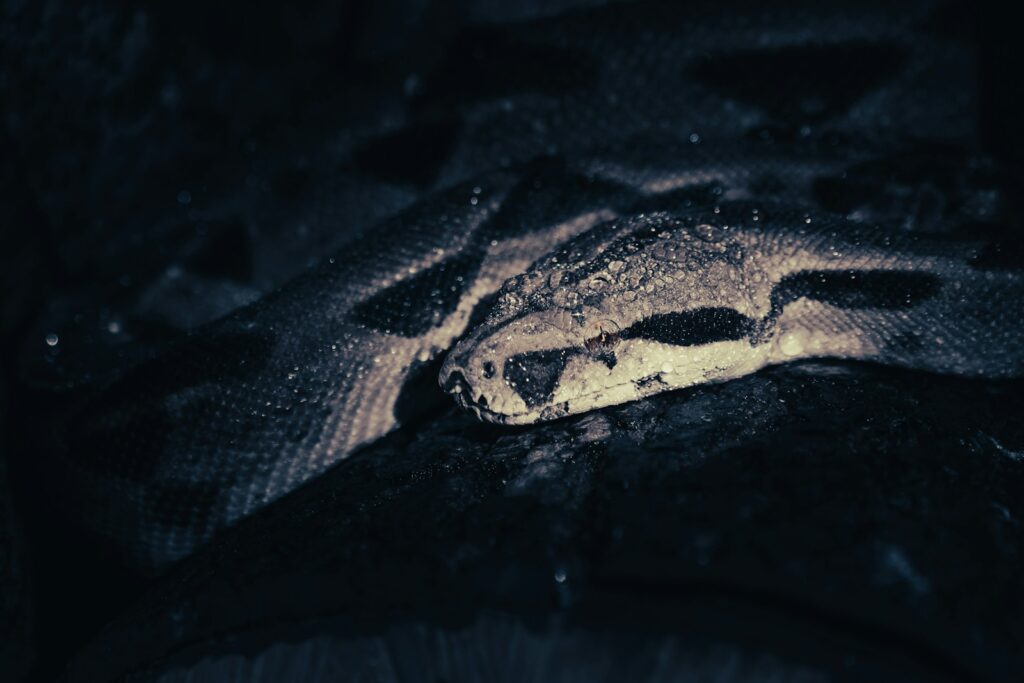
Snakes have long embodied a compelling paradox in ancient healing traditions – they represent both life and death, poison and remedy. This duality stems from their ability to deliver deadly venom while simultaneously providing the raw materials for antidotes and medicines. In many cultures, the snake’s capacity to shed its skin became a powerful metaphor for renewal, healing, and transformation. Ancient healers recognized this symbolic potential, noting how the creature that could deliver death could also symbolize regeneration. This contradiction made snakes particularly suitable as healing symbols, as medicine itself often walks the line between harmful and helpful substances. The serpent’s position as a creature of both the underworld and the surface world further cemented its status as a messenger between realms of sickness and health.
Asclepius and the Single Serpent Staff
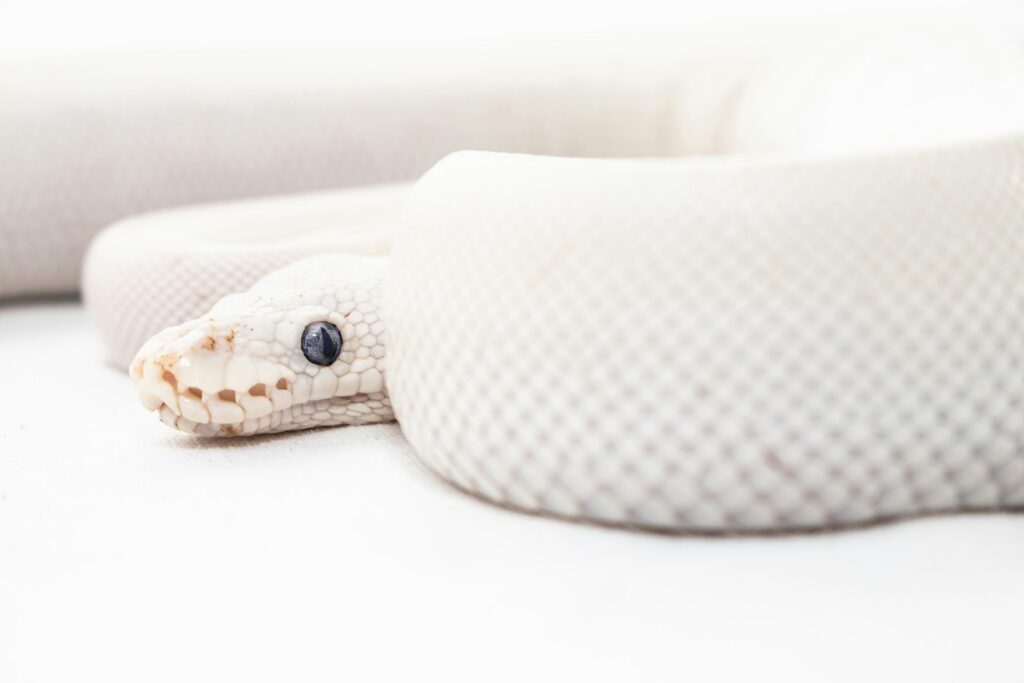
Perhaps the most enduring snake healing symbol originated in ancient Greece with Asclepius, the god of medicine and healing. Asclepius was typically depicted holding a staff with a single serpent coiled around it – the Rod of Asclepius – which remains one of the most recognized symbols of medicine today. According to Greek mythology, Asclepius learned the secrets of healing from a snake that he witnessed bringing another snake back to life using herbs. This divine revelation led to his association with serpents and his eventual deification as a healing god. Temples dedicated to Asclepius, called Asclepions, functioned as ancient healing centers where snakes were allowed to crawl freely, believed to impart healing energy to the sick. The Rod of Asclepius continues to be used by medical organizations worldwide, including the World Health Organization and many national medical associations.
The Caduceus Confusion
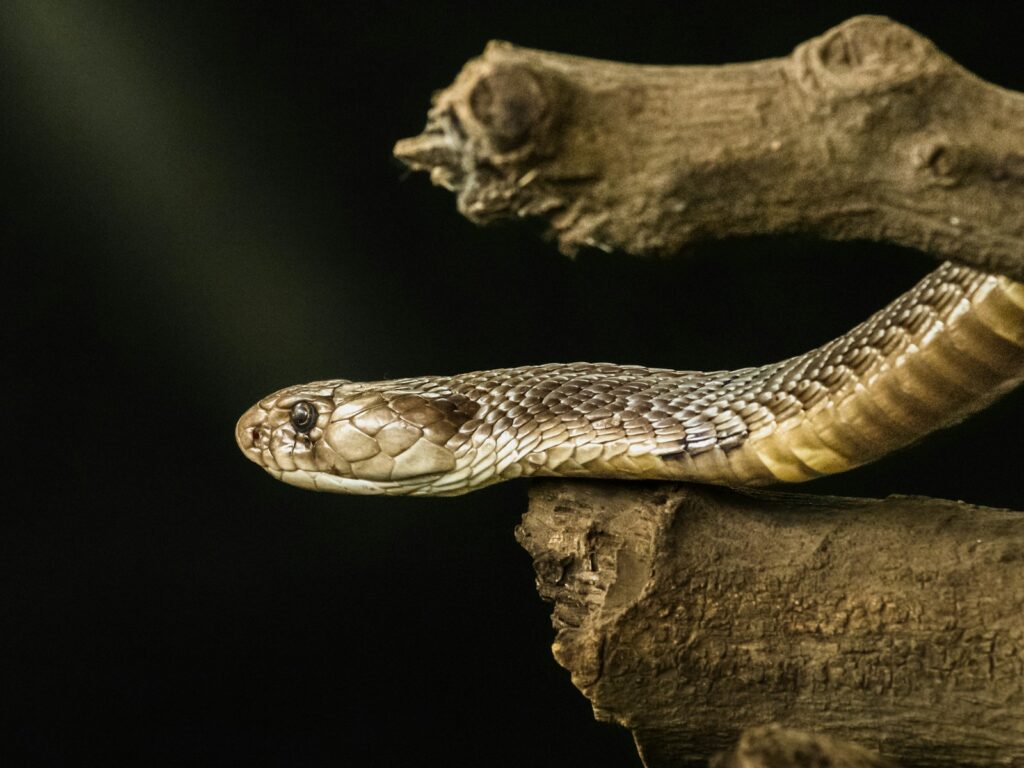
Often mistakenly used as a medical symbol, the caduceus – a staff with two snakes and wings – actually belonged to Hermes (Mercury in Roman mythology), the messenger of the gods and conductor of souls to the underworld. Unlike the Rod of Asclepius, the caduceus was not originally associated with healing but rather with commerce, negotiation, and transition. The confusion began in the United States in the late 19th century when the U.S. Army Medical Corps adopted the caduceus as its insignia, possibly due to a misidentification of the proper medical symbol. This historical mix-up has persisted, with the caduceus frequently appearing in American medical contexts despite its incongruous mythological origins. Scholars of medical symbolism continue to point out this distinction, though both symbols have now become entrenched in healthcare iconography around the world.
Egyptian Serpent Deities and Healing

In ancient Egypt, serpents held powerful positions in the pantheon of deities with significant connections to healing and protection. Wadjet, the cobra goddess, served as a protector of Lower Egypt and was believed to spit fire at the enemies of the pharaoh. Her image adorned the pharaoh’s crown as the uraeus, a protective cobra figurehead. Another serpent deity, Meretseger, was associated with healing punishments she inflicted on tomb robbers and those who committed transgressions against the dead. The ouroboros, the circular snake eating its own tail, represented eternity and the cycle of life and death in Egyptian mythology. These serpent associations with both protection and punishment reinforced the duality of snakes in healing contexts – they could both cause affliction and provide cure, making them powerful symbols in Egyptian medical practices and protective amulets.
Mesopotamian Influence on Serpent Symbolism

Mesopotamian civilizations contributed significantly to the development of snake healing imagery through their rich mythological traditions. The Sumerian god Ningishzida, depicted as a serpent or with serpents emanating from his shoulders, served as a guardian of the underworld and a god of healing and fertility. In the Epic of Gilgamesh, one of humanity’s oldest written stories, a snake steals the plant of immortality from the hero, cementing the association between serpents and the power over life and death. Babylonian healing temples often featured snake imagery, and serpents appeared in medical incantations and rituals designed to draw out illness from patients. The zigzag pattern of a snake’s movement influenced Mesopotamian medical symbols that represented the flow of water and life energy through the body. These ancient associations laid groundwork for later Mediterranean and Middle Eastern healing traditions that incorporated serpent imagery.
Kundalini: The Serpent Energy in Eastern Traditions
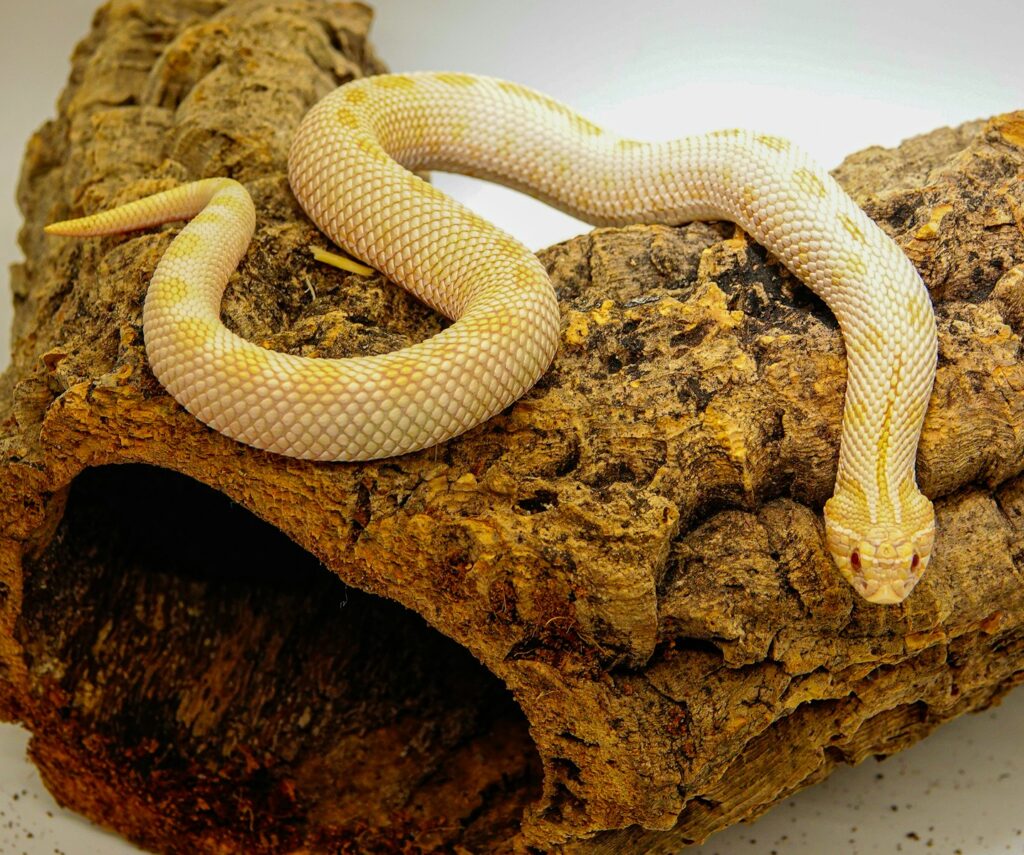
Eastern healing traditions, particularly from the Indian subcontinent, conceptualized healing energy itself as a coiled serpent residing at the base of the spine. Known as Kundalini in Sanskrit, this dormant spiritual energy is visualized as a sleeping snake that, when awakened through meditation and yoga practices, rises through the chakras or energy centers of the body. This ascension is believed to bring about spiritual enlightenment, physical healing, and psychological transformation. The imagery of the kundalini serpent appears in ancient texts dating back thousands of years and remains central to many yogic practices today. The snake’s ability to rise upright mirrors the awakening of consciousness and vitality within the human body, creating a powerful metaphor for self-healing and spiritual evolution. Medical traditions like Ayurveda incorporate this understanding of serpentine energy in their diagnostic and treatment approaches.
Biblical Serpents and Healing Imagery

Despite the serpent’s notorious role in the Garden of Eden narrative, Biblical tradition also contains a profound healing serpent symbol known as the Nehushtan. According to the Book of Numbers, when the Israelites were afflicted by venomous snakes in the wilderness, Moses created a bronze serpent mounted on a pole, and those who looked upon it were healed of their snake bites. This paradoxical healing – using the image of the very creature causing harm as the cure – established a powerful precedent for homeopathic thinking in Western medicine. The Nehushtan serves as a fascinating counterpoint to the tempter serpent in Genesis, illustrating the dual nature of serpent symbolism within Judeo-Christian tradition. This bronze serpent was later destroyed by King Hezekiah when it became an object of worship, yet its symbolism persisted and influenced early Christian healing traditions and later medical symbolism.
Serpents in Shamanic Healing Practices

Indigenous shamanic traditions across continents have incorporated snake symbolism into their healing rituals and medicinal practices for millennia. From the Amazon rainforest to Siberian steppes, shamans often describe serpentine visions during their initiatory experiences or healing trances. These visionary snakes frequently serve as spirit guides that reveal medicinal plants or healing techniques to the practitioner. In Mesoamerican traditions, the feathered serpent deity Quetzalcoatl incorporated aspects of earth-bound serpents with transcendent flight, symbolizing the shamanic ability to traverse different realms to retrieve healing knowledge. Many tribal healing ceremonies involve snake dances or movements that mimic serpentine undulation to stimulate energy flow and spiritual connection. These shamanic associations between snakes and healing continue in many indigenous communities today, preserving ancient wisdom about the transformative and curative powers of serpent energy.
Chinese Dragon-Serpents and Medical Traditions

In Chinese medical symbolism, the line between serpents and dragons blurs, creating powerful hybrid imagery that influenced healing practices for thousands of years. Traditional Chinese medicine associates dragon-serpent energy with the flow of qi (life force) through meridians in the body, conceptualizing these channels as serpentine pathways that must remain unblocked for optimal health. The Chinese water dragon was particularly associated with healing properties, believed to bring rain to end droughts and restore balance to nature. Ancient medical texts describe numerous medicinal preparations using snake components, including shed skins, venom, and organs, which were incorporated into remedies for various ailments. The undulating movement of the dragon-serpent in Chinese art reflects the dynamic balance of yin and yang energies that underlies Chinese medical philosophy and diagnostics, making the serpentine form a natural embodiment of this fundamental principle.
Snake Venom: From Poison to Pharmacopeia

The transformation of snake venom from deadly poison to valuable medicine represents one of the most literal connections between serpents and healing throughout history. Ancient physicians across civilizations recognized that carefully prepared snake venom could treat various conditions, using minute amounts in remedies for pain, circulation problems, and neurological disorders. The Greek physician Nicander of Colophon wrote extensive treatises on animal venoms and their antidotes in the 2nd century BCE, documenting early pharmacological understanding of snake toxins. In Chinese medicine, snake wine containing diluted venom has been prescribed for centuries to treat rheumatism and other inflammatory conditions. Modern pharmacology has validated many of these traditional uses, with numerous medications derived from snake venom compounds, including ACE inhibitors for hypertension and anticoagulants for heart disease. This practical application of snake-derived medicine reinforced the symbolic connection between serpents and healing across cultures and time periods.
The Psychological Impact of Serpent Healing Symbols

The enduring power of serpent healing symbols may be partially explained by their psychological resonance with human cognition and perception. Neuropsychological research suggests humans possess an innate attention bias toward snake-like forms – an evolutionary adaptation that helped our ancestors avoid venomous dangers. This instinctive focus makes serpent imagery particularly powerful and memorable in healing contexts, commanding attention at both conscious and subconscious levels. The sinuous form of the snake also appeals to our visual processing systems, which readily track curved, flowing movements. In psychology, Carl Jung identified the serpent as a universal archetype appearing across cultures in dreams and mythology, representing transformation and the healing integration of conscious and unconscious aspects of the psyche. These psychological dimensions help explain why snake healing symbols have maintained their impact across vastly different cultural contexts and historical periods, speaking to something fundamental in human perception and meaning-making.
Modern Medical Symbolism and the Serpent Legacy

The ancient association between snakes and healing continues to influence contemporary medical symbolism in profound ways. Beyond the obvious continuation of the Rod of Asclepius and caduceus in organizational logos, serpentine imagery appears in countless subtle forms throughout modern healthcare. The DNA double helix, fundamental to our understanding of genetics and personalized medicine, bears a striking resemblance to the intertwined snakes of the caduceus, creating an unintentional echo of ancient symbolism in cutting-edge science. Many pharmaceutical companies incorporate stylized snake elements in their branding, connecting modern medicine to its historical roots. Even the electrocardiogram’s zigzag pattern visually recalls the movement of a snake, tracking the life-sustaining rhythm of the heart. As medicine advances into new frontiers of technology and treatment, these serpentine symbols provide a through-line connecting contemporary practice to the wisdom of ancient healing traditions, reminding practitioners and patients alike of medicine’s long evolutionary journey.
Conclusion: The Enduring Coil of Serpent Symbolism
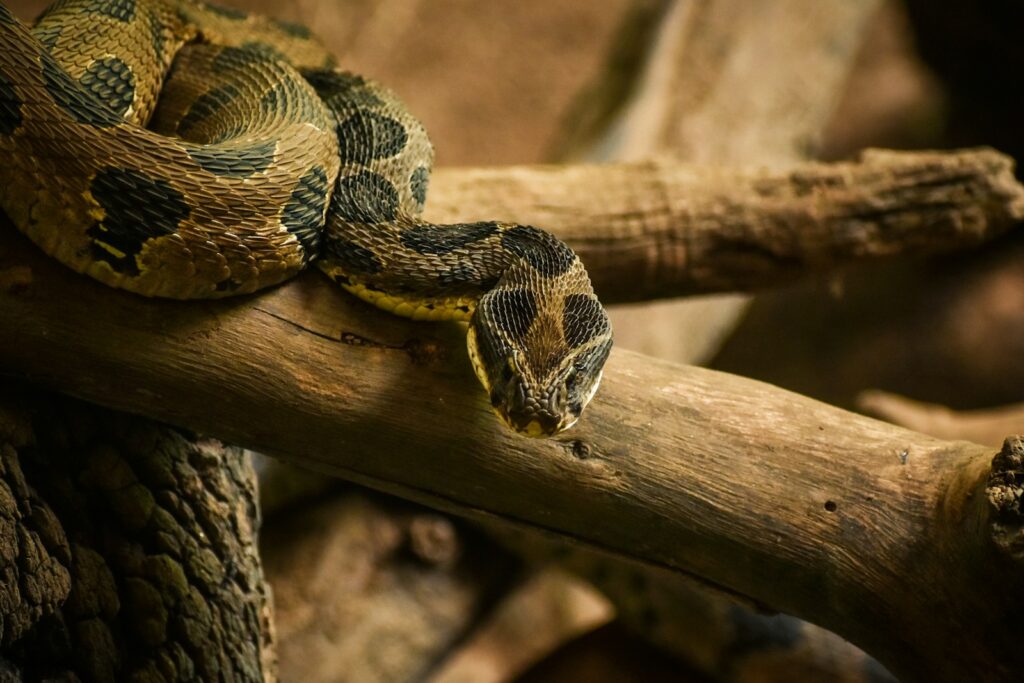
The remarkable persistence of snake imagery in healing contexts across millennia and continents speaks to something profound in human experience – our recognition of transformation, danger, and renewal embodied in these remarkable creatures. From the ancient temples of Asclepius to modern hospital logos, serpents continue to represent the delicate balance between life and death that medicine navigates. This symbolic lineage connects us to our ancestors who observed these creatures with both fear and reverence, recognizing in their behaviors metaphors for healing processes. As medical science advances, the serpent remains coiled at its foundation, a reminder that healing involves transformation, shedding old patterns, and embracing renewal. In this way, these ancient symbols continue to fulfill their original purpose – not merely as decorative emblems, but as powerful concentrations of meaning that help us comprehend the mysterious processes of illness, recovery, and the perpetual cycle of death and renewal that defines human existence.

